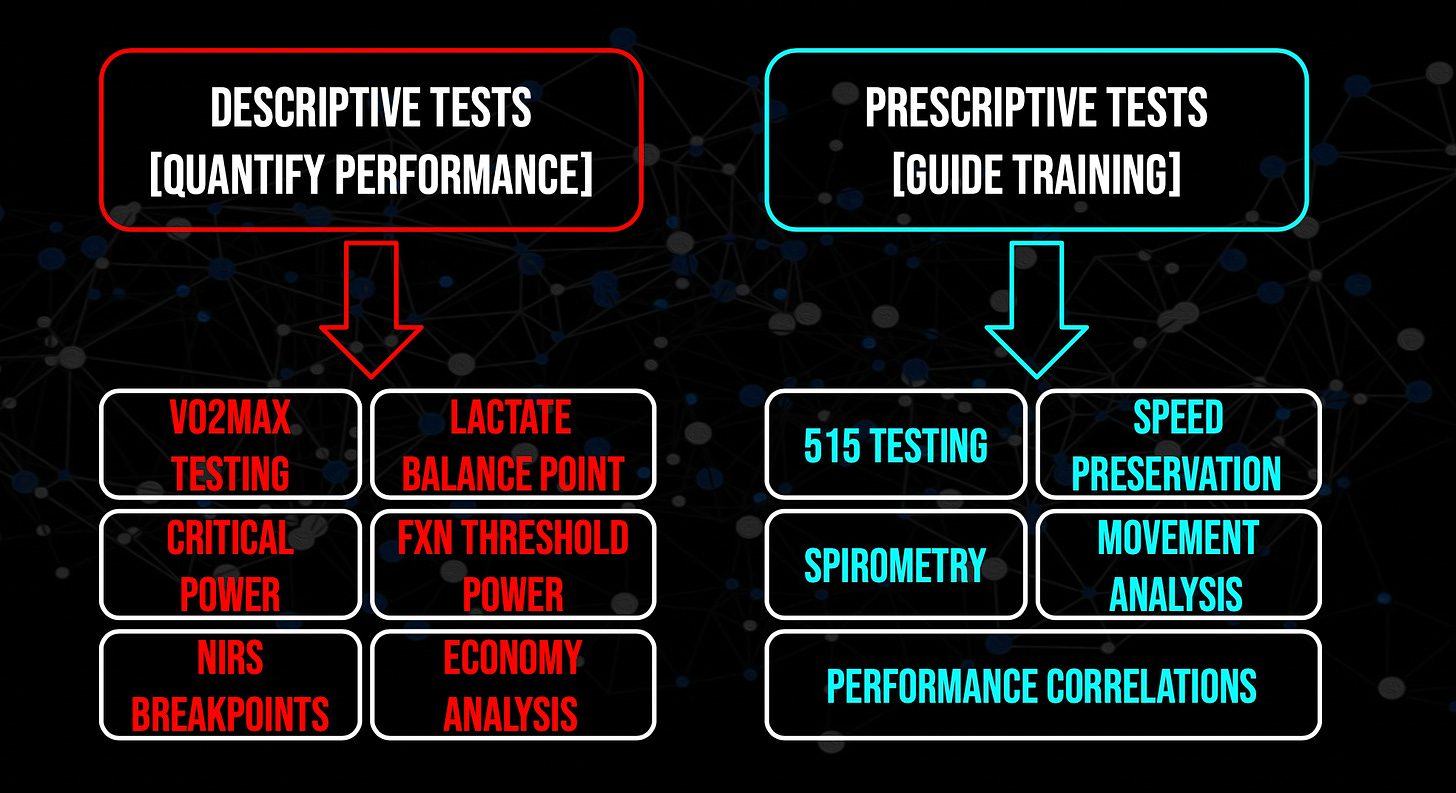VO2max refers to the maximum rate of oxygen consumption measured during intense exercise. The concept that there exists a finite rate of oxygen transport from the environment to the mitochondria of exercising muscles began with Archibald Hill and Hartley Lupton in their 1923 paper titled, “Muscular Exercise, Lactic Acid, And The Supply And Utilization of Oxygen.” Since then, VO2max has become one of the most ubiquitous measurements in all of exercise science. VO2 max is calculated by the maximum milliliters of oxygen consumed in a minute divided by body weight in kilograms. So, for example if we had a 77kg athlete and they consumed 5,500ml of oxygen in a minute, they would have a VO2 max of ~71 ml/kg/min, which would give them comparable values to an elite rower. In essence, VO2 is giving us some kind of meaningful proxy for our ability to deliver and utilize oxygen within the body. Furthermore, if we were to go a step deeper, we could say that VO2 tells us something about the capacit…
Keep reading with a 7-day free trial
Subscribe to On Human Performance by Evan Peikon to keep reading this post and get 7 days of free access to the full post archives.



